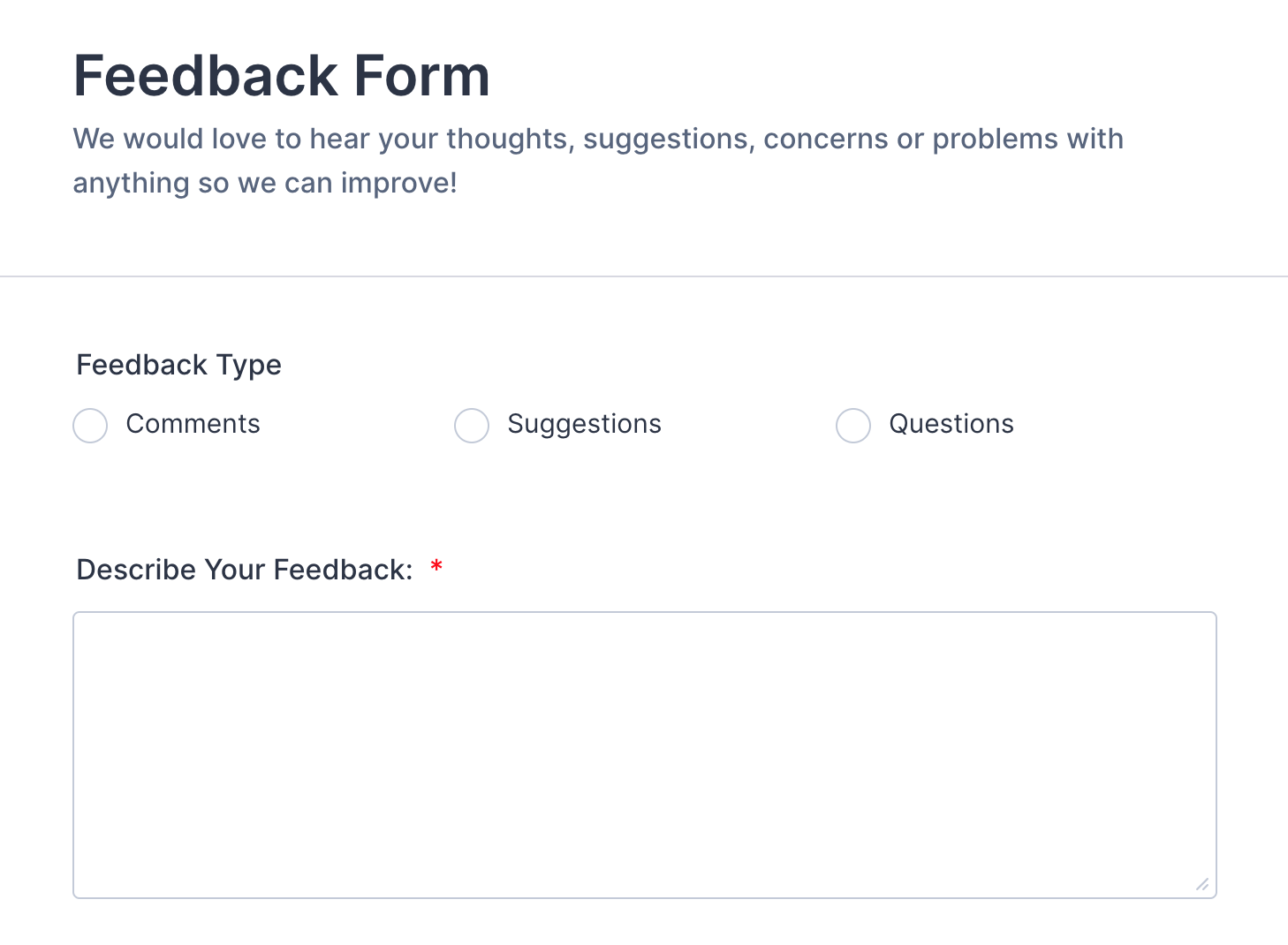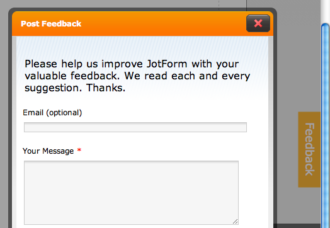When your employees are working remotely, ongoing communication and feedback are critical to the success of each individual employee and the team as a whole. Do you have an effective system in place for providing employee feedback?
In the past, giving feedback was probably something you did in person. It was simple to schedule a quick in-office meeting or discuss an employee’s performance over lunch. Not only were such conversations meaningful, but the face-to-face interaction also gave you the opportunity to see body language.
Now that more businesses are shifting away from the office and encouraging staff to work at home, it’s time to reevaluate how you communicate with your team. If you use the right approach, your feedback can promote a culture of happy employees who are motivated to contribute to the organization’s goals.
1. Maintain consistent communication
In the office, small interactions can go a long way toward building a business relationship. When you bump into someone on the elevator or chat for a few minutes at the water cooler, you can learn things you might not through email or other digital communications.
Plus, daily chit-chat and smiles can play an important role in helping each employee feel like they are a valued part of the team.
Since you aren’t getting these daily opportunities to greet your team members, create systems to ensure that you’re reaching out to remote employees regularly. You might consider setting reminders on your calendar to maintain regular communication.
Taking time to reach out is a good way to keep the lines of communication open. You can talk about projects, deliver good news, etc. When you talk with your employees frequently, they will feel more comfortable when you give them feedback.
2. Share positive and negative feedback
One of the biggest mistakes a remote team lead or manager can make is failing to notice when an employee performs well. When things are running smoothly, it’s easy to assume that no news is good news. Too often, communication moves to the back burner until something goes wrong — then it’s time to schedule a feedback meeting to address the issue.
But positive feedback is just as important — if not more important — than negative feedback. Providing positive feedback helps to boost employee morale. These comments can also help other individuals see what performance traits they should cultivate.
3. Be specific in your feedback
It never hurts to tell a coworker or employee that they’re doing well, but you’ll be more effective if you give specific and detailed feedback. Here are a few examples of good feedback:
- “Nice work organizing this event. Your thorough planning shows how prepared you were to take lead on the project.”
- “I saw that you hit a new sales goal last month. Great job on improving your client portfolio!”
- “Something I really appreciate about you is the way you treat every customer with respect and kindness, even when people are upset.”
- “Your performance on this project exceeded my expectations. I’d love to see you participate in the upcoming event as well.”
When giving negative feedback, make sure to be specific about the action and desired results. Compliments and praise should exceed negative feedback whenever possible. Aim to offer 10 positives for every one negative point you make during the conversation.
Remember that negative feedback has a more significant impact than positive impact. For example, you might start the conversation by sharing everything that’s going right. Then, ask the person if you can offer constructive feedback before moving on to talk about things they might need to improve.
Also, it can be helpful to use the “sandwich method.” Start with a positive comment, move to the constructive feedback, then end the conversation on a positive note.
4. Ask each employee for input
Providing remote feedback is essential for helping employees see opportunities for improvement. This can also be a great time to gain valuable feedback from employees by asking them how they feel about their work and their experience with the company.
Often, employees are willing to share their concerns and needs if managers and team leads ask. When you schedule a meeting for remote feedback, make sure you plan enough time to allow each person to talk. You could also give employees an opportunity to offer feedback after the meeting via a digital form.
5. Find a medium for communication
While one-off feedback can be appropriate at times, it’s vital to be proactive about systematizing your remote feedback system. If you have a system for gathering and storing feedback, keeping track of it will be easier, as will sharing the information electronically with the employee and other managers.
Jotform offers feedback templates that make it easy to gather and share feedback remotely. You can design forms with free-response questions, yes-or-no questions, or response scales. There are a variety of feedback forms you can use in their current format or customize to match the unique needs of your company.












































































Send Comment:
1 Comments:
More than a year ago
Thanks for sharing this blog. Providing feedback is necessary for keeping upliftment of employee morale.